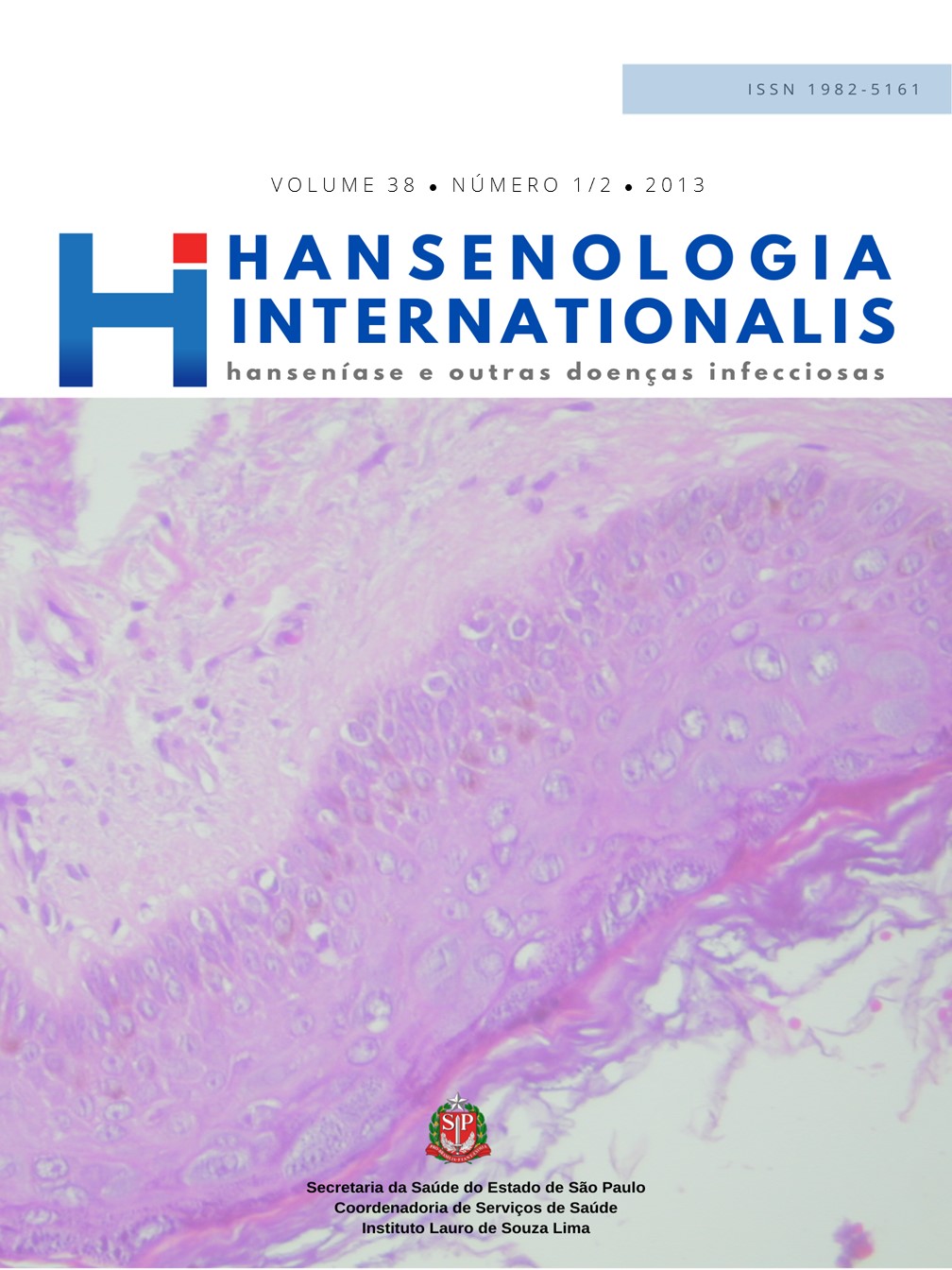Resumo
O objetivo deste trabalho é conhecer a vivência dos sujeitos que passam pela experiência do tratamento de hanseníase na cidade de Palmas-Tocantins. Para tanto, utilizou-se um método de pesquisa de abordagem qualitativa. A coleta de dados foi realizada mediante roteiro semi-estruturado que continha a questão: “Gostaria de fazer algum comentário sobre a doença e o tratamento?” nos anos de 2011 e 2012. Participaram desse estudo 57 entrevistados que relataram sobre suas dores frente à doença e mudanças dos hábitos de vida. Comentaram ainda sobre os efeitos adversos dos medicamentos utilizados no tratamento, o desconhecimento da doença, a falta de apoio dos profissionais da saúde após o término do tratamento e o preconceito e vergonha que passaram. A partir da hanseníase entende-se a importância da dimensão psicossocial para o enfrentamento da doença, o sucesso do tratamento e das complicações implicadas. No trabalho descrito, percebem-se diferentes experiências e percepções dos pacientes que apontam o temor, a dúvida e a dor como constantes em seus tratamentos e depois deles.
Referências
2 Gomes CCD, Pontes MAA, Gonçalves HS, Penna GO. Perfil clínico-epidemiológico dos pacientes diagnosticados com hanseníase em um centro da referencia na região nordeste do Brasil. An Bras Dermatol. 2005;80(3):283-8.
3 Noto S, Nunzi E. Global and regional annual new case detection of leprosy reported by de World Health Organization. Lepr Rev. 2008;79(2):1-5
4 Ministério da Saúde (BR), Secretaria de Políticas de Saúde, Departamento de Atenção Básica. Guia para o controle da hanseníase. 3a ed. Brasília: Ministério da Saúde, 2002. 89p.
5 Garcia JRL, Macário DPAP, Ruiz RB, Siqueira LMS, Cará MRG. Considerações psicossociais sobre a pessoa portadora de hanseníase. In: Opromolla DVA, Bacarelli R, organizador. Prevenção de incapacidades e reabilitação em hanseníase. Bauru: Instituto Lauro de Souza Lima; 2003. p.25-30.
6 Ministério da Saúde (BR), Secretaria de Vigilância em Saúde. Sistema Nacional de Vigilância em Saúde: relatório de situação: Tocantins. 5a ed. Brasília: Ministério da Saúde, 2005. 20p. [Citado em 2012 Ago 18]. Disponível em http://www.youblisher.com/p/223029-RELATORIO--DE-SITUACAO-Tocantins/
7 Oliveira MHP. Reações emocionais dos hansenianos portadores de deformidade física. Hansen Int. 1990;15(1/2):16-23.
8 Minayo MCS. O desafio do conhecimento: pesquisa qualitativa em saúde. 11a ed. São Paulo: Hucitec; 2008.
9 Claro LBL. Hanseníase: representações sobre a doença. Rio de Janeiro: Fiocruz; 1995. 110p.
10 Martins AM, Savassi LCM, Almeida SSL, Modena CM. Privação e padecimento: uma compreensão existencial do ser frente à hanseníase. Hansen. Int. 2012;37(1):59-67.
11 Fassin D. Influence of social perceptions of leprosy and leprosy patients on public health programs. Int J Lepr. 1990;58(1):111-4
12 Eidt LM. Breve história da hanseníase: sua expansão do mundo para as Américas, o Brasil e o Rio Grande do Sul
e sua trajetória na saúde pública brasileira. Saúde Soc. 2004;13(2):76-88.
13 Silva RPC, Lopes A, Guisard CLMP, Peixoto ES, Metello HN, Ito LS, et al. História de vida e trabalho de pessoas atingidas pela hanseníase em serviços de saúde do estado de São Paulo. Hansen Int 2008;33(1):9-18.
14 Secretaria de Estado de Saúde (MG). Atenção à saúde do adulto: hanseníase. Belo Horizonte: SAS/MG; 2006:62
Este periódico está licenciado sob uma Creative Commons Attribution 4.0 International License.
